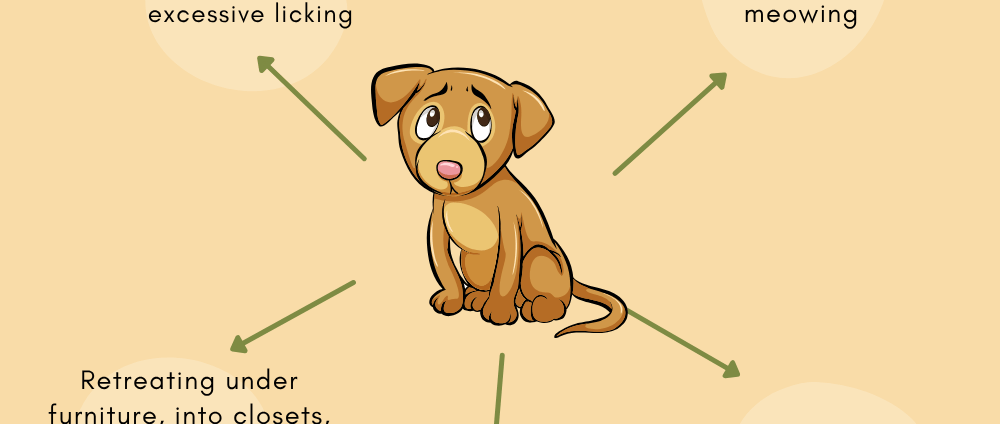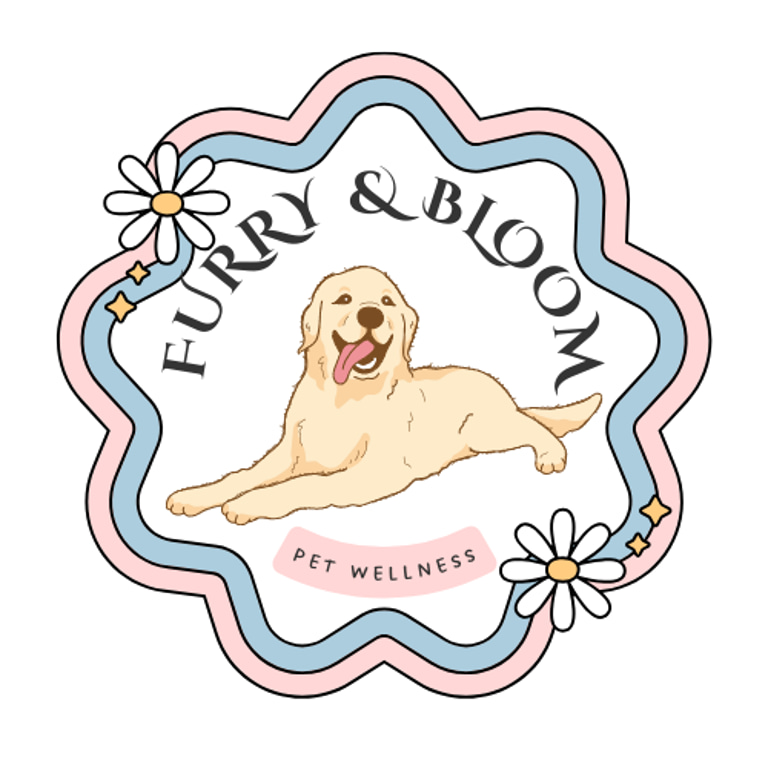Understanding and Comforting Your Anxious Pet
Understanding the signs and knowing how to offer comfort is key to helping your furry friend live a happier, calmer life.
MENTAL HEALTH
10/2/20253 min read


For many pet owners, a dog's trembling during a thunderstorm or a cat's sudden hiding when visitors arrive is a familiar, heartbreaking sight. Pet anxiety and stress reactions are not simply "bad behavior"; they are genuine emotional responses that can significantly impact a pet's health and quality of life. Understanding the signs and knowing how to offer comfort is key to helping your furry friend live a happier, calmer life.
Recognizing the Signs of Stress and Anxiety
Pets communicate their distress through subtle and overt changes in behavior. Learning to read these signals is the first step toward intervention.
Common Symptoms Across Species:
Destructive or Excessive Behaviors: Chewing on furniture, digging, scratching, or excessive licking and grooming (which can lead to bald patches or skin irritation).
Vocalization Changes: Excessive barking, howling, or meowing, particularly when left alone, or, conversely, unusual silence.
Avoidance and Hiding: Retreating under furniture, into closets, or suddenly becoming withdrawn and less social.
Restlessness: Pacing, an inability to settle down, or a sudden onset of trembling and shaking (when not cold).
Physical Indicators: Panting (in dogs when not hot or exercising), drooling, dilated pupils, pinned-back ears, or the "whale eye" (when the whites of the eyes are prominently visible).
Changes in Habits: Loss of appetite, overeating, or house-soiling accidents in an otherwise house-trained pet.
Understanding the Triggers
Anxiety in pets can be triggered by a wide range of factors, often grouped into a few major categories:
Separation Anxiety: Distress when left alone, particularly common in dogs who are highly bonded to their owners.
Noise Sensitivity: Intense fear and panic triggered by loud, unexpected sounds like fireworks, thunderstorms, or construction.
Environmental/Routine Changes: Pets thrive on predictability. Moving to a new home, a change in an owner's work schedule, the introduction of a new family member, or a sudden change in daily routines can be unsettling.
Health-Related Anxiety: Pain, illness, or age-related cognitive decline can cause fear and agitation.
Gentle Ways to Comfort Your Pet
While severe or chronic anxiety requires professional veterinary guidance, there are many things you can do at home to provide immediate comfort and long-term security.
1. Create a Safe Sanctuary
Designate a quiet, cozy retreat where your pet can go when overwhelmed. For a dog, this might be a comfortable crate covered with a blanket; for a cat, a cat tree, a box, or a bed in a low-traffic room. Equip this space with familiar bedding and favorite toys to reinforce it as a secure, positive place. Crucially, never use this safe space for punishment.
2. Implement Predictable Routines
Pets find security in structure. Maintain a consistent schedule for feeding, exercise, and playtime. This predictability reduces uncertainty and helps them feel more in control of their world.
3. Use Calming Tools and Sensory Aids
Pressure Wraps: Products like ThunderShirts or anxiety wraps apply gentle, constant pressure, similar to swaddling an infant, which can have a profound calming effect on some pets.
Soothing Sounds: Play soft classical music, specific pet relaxation playlists, or white noise to help drown out frightening external sounds.
Pheromone Diffusers: Synthetic pheromones (such as Adaptil for dogs and Feliway for cats) mimic the natural calming chemical cues released by mother animals, helping to create a tranquil environment.
4. The Power of Exercise and Enrichment
Regular physical activity and mental stimulation are excellent stress relievers. Daily walks, engaging in active play, and using puzzle feeders or interactive toys can burn off nervous energy and keep their minds occupied, making them less focused on their anxieties.
5. Be Your Pet's Calm Anchor
While it's natural to want to shower an anxious pet with pity and excessive cuddling, overly emotional coddling can sometimes unintentionally reinforce their fearful behavior. Instead, remain calm, speak in a low, steady voice, and project a confident energy.24 Redirect their focus with a simple command (like "sit") or a favorite treat once they are a little calmer, rewarding the moments of quiet behavior.25
When to Seek Professional Help
If your pet's anxiety is severe, causes self-harm or destructive behavior, or doesn't improve with at-home support, it's vital to consult a veterinarian.
A vet can rule out any underlying medical conditions contributing to the anxiety and may recommend:
Behavioral Modification: Working with a certified veterinary behaviorist or a fear-free trainer on techniques like desensitization and counter-conditioning.
Supplements or Medication: For moderate to severe cases, the temporary or long-term use of calming supplements (like Calm Chews, Gutwell Stress Support) or prescription anti-anxiety medication can be a necessary tool to help manage their emotional response and allow behavioral therapy to be more effective.
Living with an anxious pet requires patience and empathy. By recognizing their needs and providing a secure, predictable, and loving environment, you can help your companion move from a state of fear to one of peaceful contentment.
References
Understanding Pet Stress: Recognizing and Easing Anxiety in Dogs and Cats
Pet Mental Health: Recognizing Signs of Anxiety and Depression in Pets
10 Ways to Calm Your Dog Naturally
Anxious behavior: How to help your dog cope with unsettling situations
© 2025. All rights reserved.
